
42.760 Obras de arte originales, ediciones limitadas e impresiones:
Pop Art is a modern movement born in the middle of the 20th century in Great Britain which will take on a real dimension in the second half of the 20th century in the USA. It then becomes a real American movement. Andy Warhol is the most famous representative of this artistic movement.
Non-elitist, even popular art, it appropriates objects, references or everyday experiences in order to create a work of art. We find all forms of art (painting, sculpture, drawing, installation, etc.) in “non-traditional” Pop art. Artists do not hesitate to use new techniques as well as new supports.
What are the Influences behind Pop Art?
British artist Eduardo Paolozzi creates a collage of a pin-up girl with the Coca-cola brand logo and the word pop. The 1947 painting: "I was a rich Man's Plaything" is considered the first Pop painting in history. In 1952 the artists Richard Hamilton and Eduardo Paolozzi, Alison and Peter Smithson and the art critic Lawrence Halloway founded the group "Independent Group", precursors of the Pop art movement and will present their first exhibition.
The mass consumer society. After the Second World War and the rise of the consumer society, artists appropriated this new culture and put it forward in their creations like Andy Warhol with his boxes of Campbell soup.
From the 1950s and 1960s, pop music became a global phenomenon and inspired artists. Several album covers are made by Pop artists such as the cover of "Sgt. Pepper's Lonely Hearts Club Band" by the Beattles made by Peter Blake. Cinema is also becoming a real phenomenon and will inspire artists like Andy Warhol and his many versions of Marylin.
The explosion of American comics, particularly in the USA in the second half of the 20th century, would have a great influence on many artists such as Roy Lichtenstein, who produced many works that marked the Pop art artistic movement.
What are the techniques used in the artistic movement of pop art?
- The collage: The first works of Pop art are collages created by Eduardo Paolozzi. It is a characteristic method of this new artistic movement. Pasting was little used before. Pop artists use different materials for their collages: magazines, newspapers, posters, fabrics, paper, cardboard, plastics...
- Painting: Artists will favor new painting techniques such as acrylic paint which have just been developed by the chemical industry
- Screen printing: New industrial technique, it allows to reproduce an image in series. The principle of a single painting canvas disappears. Works of art can be reproduced dozens and dozens of times.
What are Famous Artists and Works?
Eduardo Paolozzi (1924-2005)
He is the precursor of pop art. Passionate about science fiction, his first artistic works are collages using advertising clippings using pin-ups or housewives to convey a message against the mass consumer society in his works of art. Paolozzi stayed in Paris, where he met the surrealists, Alberto Giacometti, but above all his interest in art brut made him meet Jean Dubuffet. These meetings will be decisive in the creation of this new form of art.
Peter Blake (1932-)
He created his first collages in 1955. At the start of the 1960s, the artist recovered and mixed the images that we find recurrently in his work: mythical characters, stars of sport, cinema or music. Peter Blake created in 1957, one of the first known works of Pop art: “On the balcony”. The work is now in the collections of Tate Britain museum in London.
Richard Hamilton (1922-2011)
Painter and co-worker, Hamilton is one of the first creators of Pop art. Hamilton is heavily influenced by the works of James Joyce and Marcel Duchamp. He focuses his work on popular culture, mass-produced, youthful and glamorous.
The British artist's collage “Just what is it that makes today's homes so different, so appealing? created in 1956 is in the collections of the Kunsthalle, in Tübingen (Germany).
Andy Warhol (1928-1987)
The emblematic artist of Pop art Andy Warhol (real name Andrew Warhola), born in Pittsburgh, Pennsylvania and died in New York in 1987. He painted in New York in 1961 works of art inspired by American comics. (Advertisement, Before and After, Little King, Saturday's Popeye and Superman). In 1962 Warhol presented a diptych by Marylin Monroe a few months after the artist's death. Fascinated by the silkscreen reproduction process. A technique that was to become Warhol's recognizable style, both simple and quick. The photo of Marylin selected by Warhol is taken from the film "Nigeria", in which Marilyn had played in 1953. The model will be used by him to create many works of art with this image of Marylin that everyone knew.
In 1963 he created "Silver Car Crash (Double Disaster)" From 1965 he worked with many assistants in his New York studio the Factory. The Pop art style somehow barely existed before Warhol became interested in it.
Roy Lichtenstein (1923-1997)
In 1961 Roy Lichtenstein began to paint his first pop works inspired by cartoons and with techniques inspired by the appearance of commercial advertisements, such as "Look Mickey!" Which is now on display at the National Gallery of Art, Washington, DC In the USA.
In 1961, Leo Castelli began presenting his first exhibition of Lichtenstein's work at his New York gallery and he had his first solo exhibition at the gallery, in 1962.
Many other artists are also known for their involvement in the pop art movement such as Robert Rauschenberg, Valerio Adami, John Alcorn, Allan D'Arcangelo, Keith Haring, David Hockney, Jasper Johns, Ed Ruscha...
At the same time in France, influenced by the Pop wave, a particular art movement was developing: “new realism”. The artists will use everyday objects not as "icons" but as components of the work itself. This is the beginning of the use of industrial materials such as concrete, prefabricated sheets, cans...
The artistic movement is marked by the artists Arman, François Dufrêne, Raymond Hains, Yves Klein, Jean Tinguely, Jacques Villeglé or Gérard Deschamps.
Pop art today or "neo pop art"
The artists Murakami, Koons or Hirst are emblematic of the contemporary Pop art trend. Extremely popular Takashi Murakami even collaborates with luxury brands like Louis Vuitton. The "kitsch" balloon sculptures of Jeff Koons, such as the Balloon dog have become symbols known to all.
The works of Fabien Novarino mixing collages, painting, stencils... are a tribute to the culture of entertainment.
What are the defining quotes of the Pop art art movement?
Eduardo Paolozzi
"I don't want to," he said in a conversation with writer JG Ballard and critic Frank Whitford, published on the occasion of his premiere.
major retrospective at the Tate Gallery by the magazine Studio International in October 1971, making images that help people escape from this terrible world. I want to remind them."
Peter Blake
“We are not consciously avant-garde, in front of others. We discover and try to find paths, and two years later, when someone follows the same path, it becomes clear that we were ahead of the others. But, on the other hand, we sometimes try to stay consciously in the background or go back ten years. I tend to play this game, “swimming against the tide”, sometimes consciously and sometimes unconsciously.
Richard Hamilton
“Pop Art: Popular, provisional, disposable, cheap, mass-produced, young, funny, sexy, clever, spectacular and very profitable.”
Andy Warhol
“I like boring things. I like things to be exactly the same over and over again.”
"All boards should be the same size and color so that they would be interchangeable and no one would feel like they had a good one or a bad one."
"Bad taste makes time pass faster."
Roy Lichtenstein
"What marks pop is above all the use it makes of what is despised and it insists on the most practical, the least aesthetic, the most bellowing aspects of advertising."
"Clichés are simple patterns that are striking, memorable, and easy to communicate. They can signify the gist of an idea. They have the potential to become monumental."
Descubre Obras originales de arte pop contemporáneo en ArtMajeur
El Pop Art contemporáneo es una forma de arte vibrante y expresiva que se ha vuelto cada vez más popular en los últimos años. Este tipo de obra de arte se caracteriza por sus colores audaces, imágenes impactantes y el uso de referencias de la cultura popular. Los artistas utilizan una variedad de soportes y materiales como el lienzo, el papel y la madera, y emplean técnicas como la serigrafía, la impresión digital y el collage. Lo que hace que el Pop Art sea verdaderamente único es su capacidad para capturar la esencia de nuestro mundo moderno y reflejar de vuelta las imágenes y temas que definen nuestra cultura.

©2019 Charles Fazzino Artista representado por Tilsitt Gallery
Orígenes e Historia
Pop Art, un movimiento de mediados de los años 50 en el Reino Unido y América, surgió como una reacción contra los estilos artísticos predominantes de la época. Buscaba acortar la brecha entre el arte alto y bajo mediante la incorporación de la cultura popular y los objetos cotidianos en sus obras. Las figuras clave en el movimiento incluyeron a Andy Warhol, Roy Lichtenstein y Richard Hamilton.
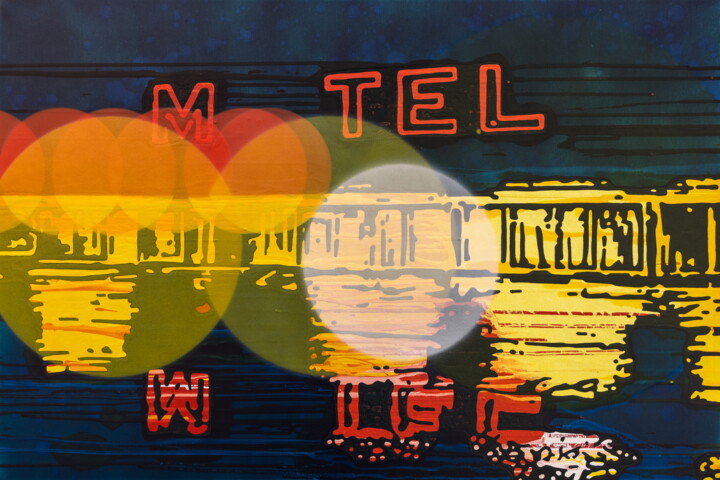
©2025 Markus Honerla
Evoluciones de estas obras en el mercado de arte contemporáneo
En los últimos años, las obras de arte originales contemporáneas del Pop Art han experimentado una fascinante evolución. Esta forma de arte tiene sus raíces en los años 50 y 60, cuando artistas como Andy Warhol y Roy Lichtenstein fueron pioneros en el uso de imágenes de la cultura popular en sus trabajos. Hoy en día, el Pop Art contemporáneo se caracteriza por su audaz uso del color, patrones gráficos y composiciones juguetonas. Estas obras de arte se han vuelto cada vez más populares en el mercado del arte contemporáneo y son buscadas por coleccionistas de todo el mundo. Lo que los hace tan importantes es su capacidad para capturar el espíritu de nuestro tiempo, reflejando las tendencias culturales y sociales del momento.

©2025 Laurence Jenk
Artistas Famosos Relacionados
El Arte Pop Contemporáneo es un movimiento que ha tomado el mundo del arte por sorpresa. Se caracteriza por colores brillantes, líneas audaces y un sentido de juego. Aquí están algunos de los mejores artistas en este género:
Takashi Murakami - Este artista japonés es conocido por sus pinturas y esculturas vibrantes y similares a dibujos animados. Su trabajo a menudo presenta flores sonrientes, personajes inspirados en anime y referencias a la cultura japonesa.
Jeff Koons - Koons es un artista estadounidense famoso por sus esculturas de gran tamaño de objetos cotidianos, como animales de globos y flores inflables gigantes. A menudo se critica su trabajo por ser comercial y carecer de profundidad, pero sigue siendo uno de los artistas de Pop Art más conocidos hoy en día.
Damien Hirst - Hirst es un artista británico conocido por sus obras controvertidas, como un tiburón conservado en formol y una calavera incrustada de diamantes. Su trabajo a menudo explora temas de muerte y mortalidad, y se considera uno de los artistas vivos más exitosos.
Yayoi Kusama - Kusama es una artista japonesa famosa por sus instalaciones y esculturas llenas de puntos de colores. Su trabajo a menudo explora temas de feminidad, sexualidad y enfermedad mental.
Banksy - Banksy es un artista callejero británico anónimo conocido por su comentario político y social. Su trabajo a menudo presenta imágenes estarcidas de ratas, policías y otros símbolos icónicos, y ha ganado un gran número de seguidores por su arte provocativo y reflexivo.
Estos artistas han hecho contribuciones significativas al mundo del Pop Art, y su trabajo sigue inspirando y cautivando al público en todo el mundo. Ya seas un fanático acérrimo o un observador casual, no se puede negar el impacto que el Pop Art ha tenido en la cultura contemporánea.

©2025 Gardani
Obras de arte originales notables de Pop Art contemporáneo
El Pop Art es un movimiento artístico popular que surgió en los años 50. Celebra la cultura de masas, el consumismo y lo cotidiano. Aquí están algunas obras de arte contemporáneo originales y conocidas del Pop Art:
"Campbell’s Soup Cans" de Andy Warhol, creado en 1962, representa treinta y dos latas de sopa Campbell en una rejilla. La obra de arte es un comentario sobre la producción en masa y el consumismo.
"Marilyn Diptych" de Andy Warhol, creada en 1962, es una pintura de serigrafía de Marilyn Monroe. La obra es un homenaje a la actriz y una exploración de su fama y trágica muerte.
"Whaam!" de Roy Lichtenstein, creado en 1963, muestra un avión de combate disparando un misil. La obra de arte está basada en un panel de cómic y es un comentario sobre la guerra y la violencia.
"Love" de Robert Indiana, creado en 1966, es una escultura de la palabra "amor" en letras grandes. La obra de arte se ha convertido en un símbolo icónico del movimiento de Arte Pop y ha sido reproducida en varias formas.
"Banana" de Andy Warhol, creado en 1967, es una serigrafía de un plátano sobre un fondo amarillo. La obra de arte es una interpretación divertida de la publicidad y el empaquetado comercial.
"Flag" de Jasper Johns, creado en 1954-55, es una pintura de la bandera estadounidense. La obra de arte es una declaración sobre el patriotismo y el papel del artista en la sociedad.
Estas obras de arte se han convertido en símbolos icónicos del movimiento de arte pop y continúan inspirando a artistas hoy en día. Celebran lo cotidiano y desafían las nociones tradicionales del arte.

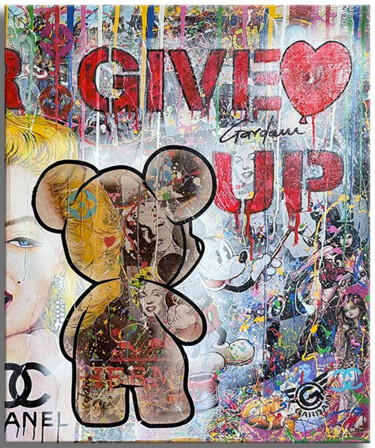
Gardani
Acrílico en Lienzo | 24x20 in

Gardani
Acrílico en Lienzo | 39x39 in

Bazévian Delacapucinière
Oleo en Papel | 21,7x21,7 in
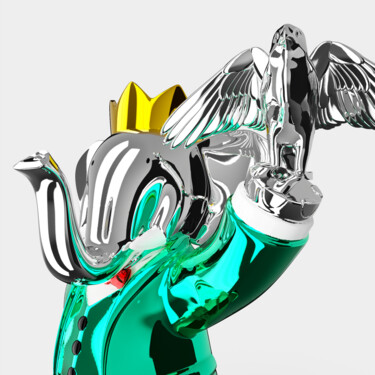
Vincent Faudemer
Escultura - Resina | 39,4x11,8 in
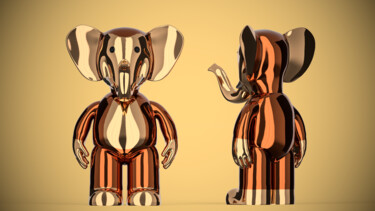
Vincent Faudemer
Escultura - Resina | 19,7x7,9 in
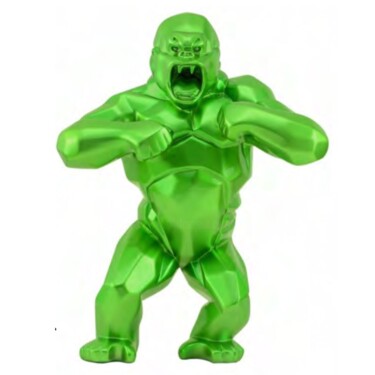
Richard Orlinski
Escultura - Resina | 11,8x9,5 in

Gardani
Acrílico en Lienzo | 39x39 in
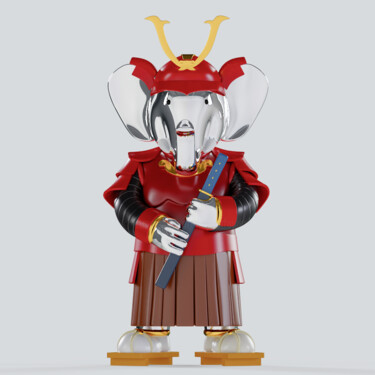
Vincent Faudemer
Escultura - Resina | 27,6x11,8 in
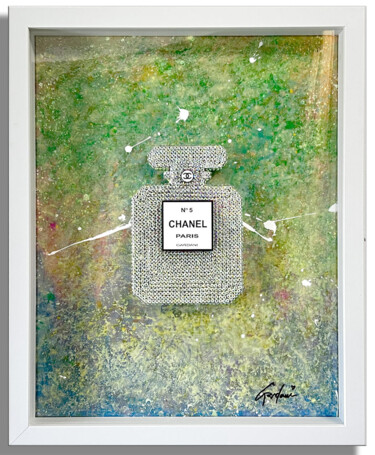
Gardani
Escultura - Fundición | 19,5x15,5 in
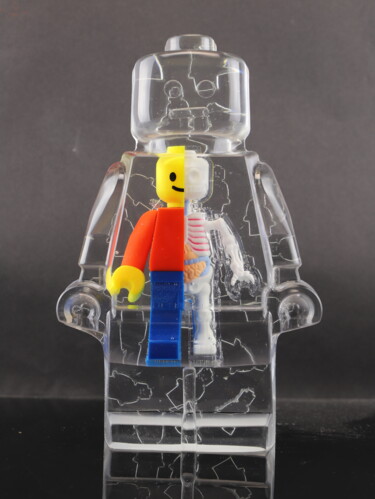
Vincent Sabatier (VerSus)
Escultura - Resina | 9,8x6,3 in
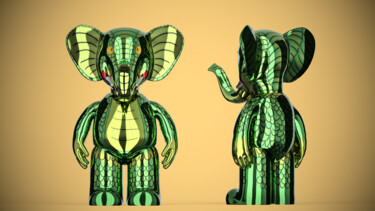
Vincent Faudemer
Escultura - Resina | 19,7x7,9 in
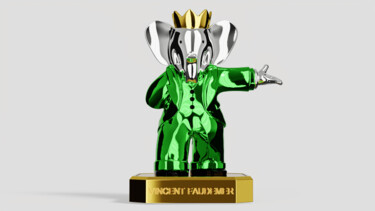
Vincent Faudemer
Escultura - Resina | 27,6x19,7 in























